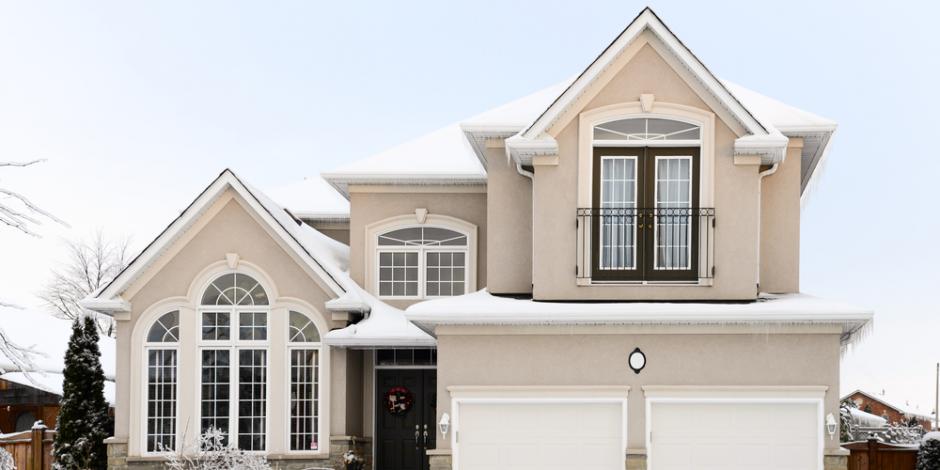
Gone are the days of only having a single option for the insulation materials you use in your home. Fiberglass insulation — or as many homeowners know it, “the pink fluffy stuff” — is now one of many materials that you can use throughout the walls, attic, and crawlspace of your Eastern Massachusetts home to stabilize your indoor temperatures, reduce your energy costs from heating and cooling, and keep your family as comfortable and healthy as possible.
So when it comes to choosing between fiberglass insulation, cellulose insulation, and expanding spray foam insulation, how will you know which one is best for your Revere, Quincy, Weymouth Town, or Somerset home? Also, learn what types of insulation qualify for Energy saving rebates of up to 75% on the project costs and which one doesn’t (sorry, spray foam)!
Step One: Understanding Your Insulation Needs
There is no singular solution when it comes to choosing the best insulation for your home. Here at Mass Energy Experts, we are firm believers that each home has its own unique home performance needs, and from your basement insulation to the attic insulation, it requires a customized approach. If it has been a while since your insulation has been installed, it is a good idea to schedule a Free home energy assessment.
This complimentary energy audit is subsidized by the State Program, and provides Massachusetts homeowners with the up-to-date, accurate insights they need to make targeted and informed home improvements that will increase the overall comfort and energy efficiency of their homes.
Let’s get into what role insulation plays in protecting your home, from humid and stuffy summers to snow-drenched winters, and how to choose the right insulation type.
How Insulation Works
In short, the purpose of insulation is to slow down the transfer of heat between the materials that comprise the construction of your home. Insulation is rated in its ability to resist heat, in what is called “R-value.” The higher the R-value rating, the greater the resistance to heat transfer. Based on the insights you receive from your Free home energy assessment, there will be a recommended R-value for each area of your home, which will help guide which material is best in which areas.
Step Two: Choosing The Right Insulation
Attic Insulation
The efficiency experts at ENERGY STAR recommend attic insulation levels for homes in Massachusetts between R49 and R60. Cellulose insulation is rated at approximately R3.5 per inch of thickness, so you would need at least 14 inches of cellulose insulation to meet the requirements. If you were to use fiberglass insulation for your attic, it is approximately rated at R3.14 per inch of thickness. Because fiberglass’s insulation R-value is less than that of cellulose, you would need at least 15.7 inches of fiberglass insulation to meet the requirements.
Mainly used in new construction, spray foam’s R-value can vary greatly, depending on the material used — the range is between R3.7 for open cell and R6.5 for closed-cell spray foam. The expanding foam quality of spray foam also offers valuable air sealing qualities, and to meet the outlined requirements you will only need 13.3 inches of open-cell spray foam (not covered by Energy saving rebates), or 7.6 inches for closed-cell foam material.
Basement or Crawlspace Insulation
Floors, basements, and crawlspaces require between R25 and R30. You will need 7.14 inches of cellulose or 7.96 inches of fiberglass insulation. For spray foam, it will require 6.7 for open-cell, or just 3.8 inches for closed-cell.
Wall Insulation
The interior walls of your home require less insulation — just R5 to R6. Many homeowners ask our home performance experts, “Can you use cellulose insulation in walls?” The answer is yes, using blown-in insulation and several small holes in the drywall (which can be covered up). You will only need 1.4 inches of cellulose insulation, and for fiberglass insulation, just 1.4 inches is required. We typically do not recommend using spray foam for existing wall insulation projects, but of course, each home is unique! It is also worth knowing that spray foam insulation does not qualify for Energy saving rebates.
*All insulation R-values will vary slightly depending on the manufacturer and installation.
Make the Right Insulation Choice with Mass Energy Experts
No matter your insulation needs, our team is here to answer all of your questions, from “How can I know how much insulation I have already?” to, “Does fiberglass batt insulation insulate concrete walls?” We take the time to do the job right, the first time — all while saving you the maximum from the available Energy saving rebates.
By scheduling your Free home energy assessment, you may even qualify for 75% off your insulation upgrades for qualifying cellulose or fiberglass insulation!